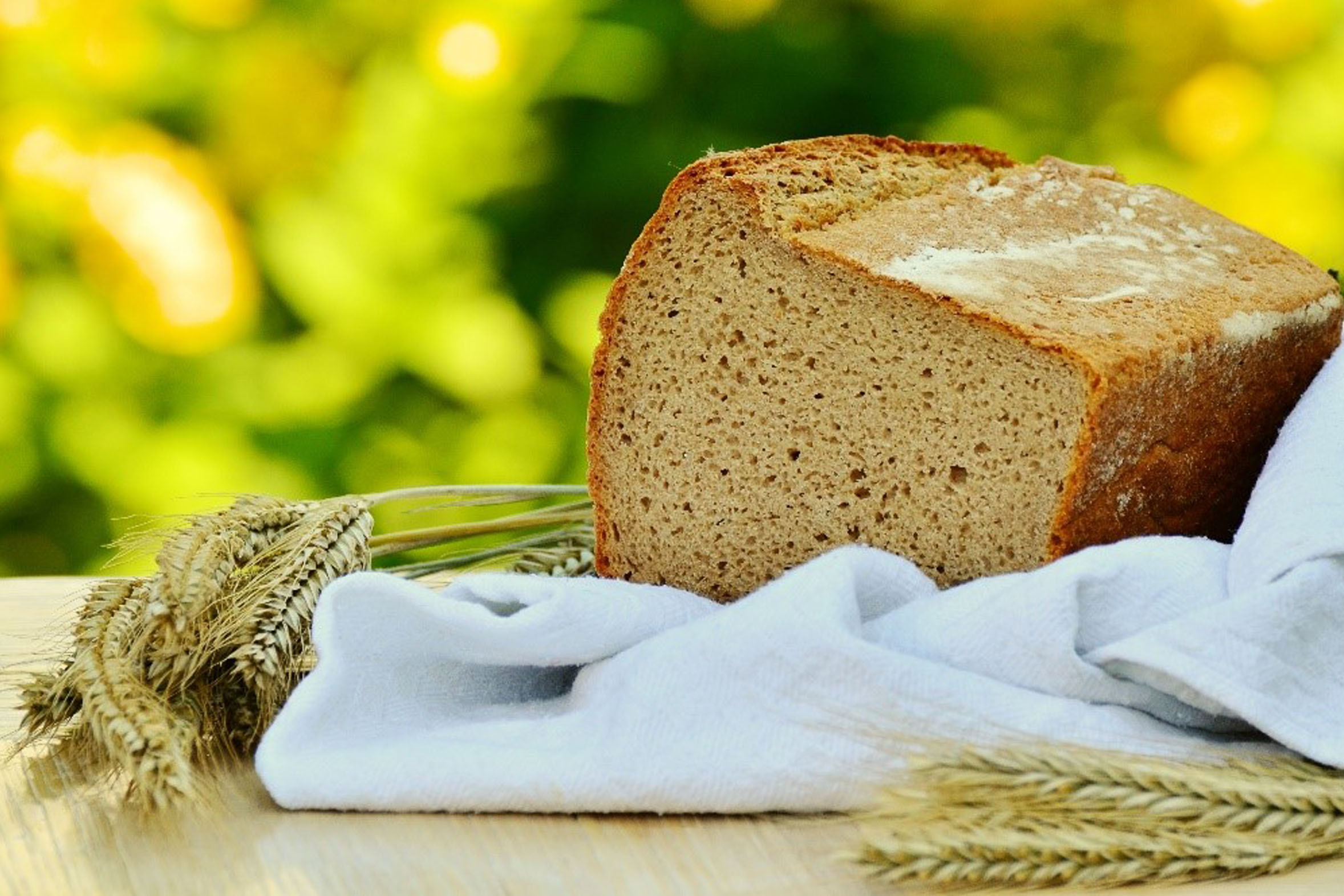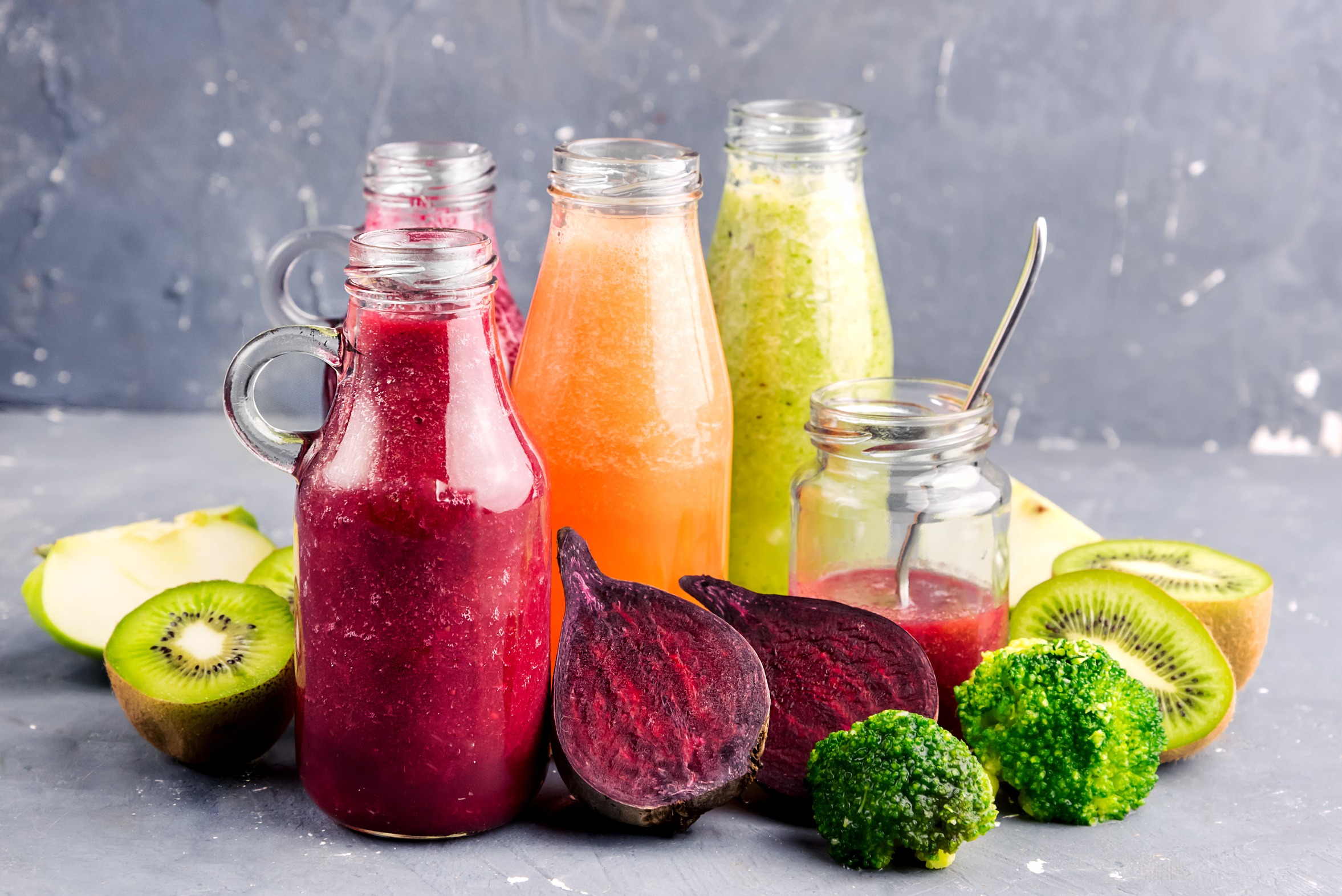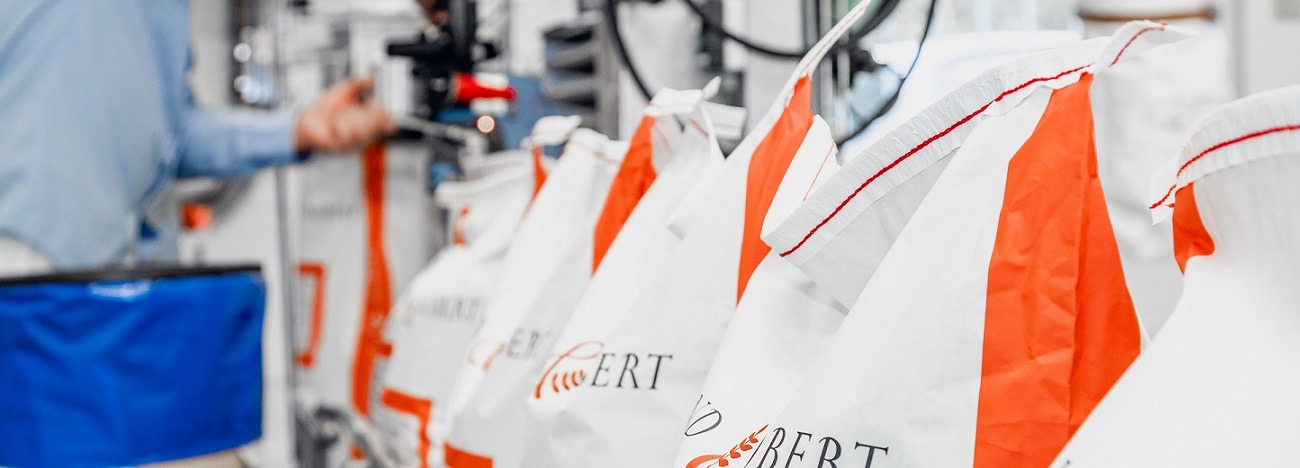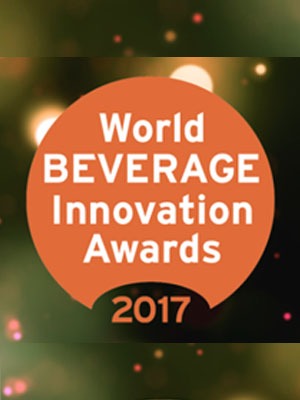Join our United States roadshow
Join our United States Roadshow!
PRESENTATION BY ALLAND & ROBERT
Gum Acacia: The Versatile Flavor Enhancer
- > Discover the flavor enhancing applications of versatile gum acacia.
- > Get insights on the latest flavor technology.
- > Gain expertise in improving flavor systems.
- > Explore specialty gums to enhance unique flavors.
Alland & Robert presentation will be followed by a presentation by HB Natural Ingredients about stevia, the natural sweetener.



Alland & Robert announces verification by NON-GMO project
Alland & Robert announces verification by NON-GMO project
Alland & Robert has obtained NON GMO verification for its acacia gum references, karaya gum reference and its texturing ingredient Syndeo®.

Alland & Robert is proud to announce its Non-GMO Project Verified products are produced in compliance with the Non-GMO Project Standard. This is an important process that confirms Alland & Robert’s commitment to manufacture natural, unadulterated products, and offer the highest quality of gums.
The Non-GMO Project is a US-based non-profit organization committed to preserving and building sources of non-GMO products, educating consumers, and providing verified non-GMO choices. It is North America’s most trusted seal for GMO avoidance for consumers who are concerned about what’s in their food.

Alland & Robert CEO Frédéric Alland said: “This verification by the NON GMO project is step forward for us, and we will continue to promote the use of natural products in the food and cosmetic industries. It will help us provide more transparency to our customers looking for premium and vegetal ingredients.”
15 Alland & Robert references have been verified by the NON-GMO Project, including 13 Acacia Gum qualities. Acacia gum, or E414, is a natural, vegetal and healthy ingredient used in the food and cosmetic industries for its functional properties and a soluble fiber. Acacia gum is today found in thousands of day-to-day products all over the world.
The complete list of verified references can be found here.
SOS Villages d’Enfants opens school in Mali with Alland & Robert’s help
SOS Villages d’Enfants opens school in Mali with Alland & Robert’s help
In a country like Mali, where the secondary school enrolment rate is as low as 41.4% [1], the future seems bleak for the youth. Furthermore, this image of a difficult future is only compounded and exacerbated by the fact that 25.1 [2] of all children are subjected to forced child labour and 52% are in arranged marriages by age 18 [3]. This is why Alland & Robert supported the opening of a new school in Khouloum, built by its long-standing partner SOS Villages d’Enfants.

This ground-breaking new facility, having opened in September 2018, offers hope for the future to 315 children aged between 6 and 15 under the watchful eye of 11 full time staff. “Khouloum being located in Kayes, one of the poorest districts of Mali, SOS Villages d’Enfants soon decided specific efforts were to be provided so as to make sure all children would be granted the fundamental right to a quality education.” Says Isabelle Moret CEO of SOS Villages d’Enfants France. “Khouloum is the fourth learning facility we built in Mali and we can only hope it will match the success of our other schools .”
When approached with this project by SOS Villages d’Enfants, Fréderic Alland, Alland & Robert’s CEO, knew that something had to be done. “We have been proud corporate partners with SOS Villages d’Enfants since 2013, but when they approached us with this opportunity we knew we had to help.” He remarks. “Mali is one of the African countries where we source acacia gum, and we are committed to invest in acacia related communities.”

This school, opened to the children of the surrounding villages, caps off the village that has already been built there where children without parental support are taken care of by an SOS mother. “The school really is the culmination of this long-term project in Khouloum, as it allow us to contribute to the realization of the child’s rights convention and to the sustainable development goal #4. Indeed, children without parental care, or other vulnerable children, have the same rights to quality education as every children and must not be left behind.” Adds Matthieu de Bénazé, Head of International Programs for SOS Villages d’Enfants France.
[1] UNESCO Survey 2017 – http://uis.unesco.org/country/ML
[2] US Department of State Report 2012 –https://photos.state.gov/libraries/mali/96825/International%20Report/mali_child_labor_eng_2014.pdf
[3] UNICEF Survey 2017 – https://www.girlsnotbrides.org/child-marriage/mali/
Alland & Robert, a family success story
Alland & Robert, a familly success story
Founded in 1884, Alland & Robert has seen five generations of visionary leaders build the company’s reputation and expertise in the international acacia gum market. From Francisque to Frédéric Alland, the company has been transformed from a humble family business story to a major undisputed forerunner in the natural gums industry, exporting to 69 countries on all continents.
Recently named as Deputy General Director, 25-year-old Charles Alland is about to take over the family business. We managed to interview Charles about his vision of the acacia gum market before he headed off to Sudan to meet with our suppliers and symbolically plant a tree to mark National Tree Day.

The company has been passed down through five generations and has 134 years of expertise in acacia gum as well as other natural gums. Charles Alland, can you tell us a little bit about yourself and your family’s business tradition?
The family business was created in Paris by Francisque Alland and his partner, Alfred Robert, and they started off sourcing acacia gum in Africa to import to Europe. Over the years the company grew from strength to strength, with each generation of the family making a valuable contribution – for example, my father, Frédéric Alland, became CEO of the company in 1984. It was under his influence that Alland & Robert became widely-known on an international level. It was thanks to these visionary leaders that the business has been shaped into what it is today: a global leader in natural ingredients which now exports all over the world.
As a child I had the chance to travel to Africa many times, especially Senegal, and discovered African culture, and most importantly, its agriculture! Here I learned about Acacia trees and how they have been cultivated in Africa for thousands of years. Walking around the bush was a great way to learn about the different species of Acacias which not only look different, but also produce different types of gum!
You are in Sudan this week to meet the suppliers. What is your take on the region and the overall impact the acacia gum industry has on it?
Acacia gum production is a very important economic resource for the underprivileged populations of the Sahel and Sub-Saharan Africa, which includes Sudan. In fact, around 10 million people live directly or indirectly thanks to its production. Alland & Robert works with African populations through a range of local suppliers to help improve their working and living conditions, giving them the chance to participate in training courses, enabling access to drinking water, and providing medical care for all workers.
Through its African partners, the company is also heavily involved in providing employment and training for local women who do not have the same access to education and jobs. We have several new CSR projects in the pipeline for Sudan next year, where we will not just train the farmers to harvest acacia gum more sustainably, but also ensure they have access to vital natural resources.
For the past few years, additives have been in the spotlight – and not for the best of reasons – and consumers are becoming increasingly cautious of the products they buy. Studies show that acacia gum is one of the most natural additives available to consumers, yet very few people have heard of it. Could you tell us a bit more on what acacia gum is all about?
Acacia gum is a truly versatile product which is used in a wide variety of products, including food, beverages, cosmetics and pharmaceuticals. In fact, it is used in almost all industries! At Alland & Robert, we are convinced that acacia gum has many more undiscovered properties, particularly in terms of nutrition and health foods. Since 2012, the company has invested €400,000 in various equipment to compare different natural gums which are made of complex polysaccharide polymers.
Our researchers at the IATE and UMR laboratories carry out primary research and develop new applications in collaboration with the University of Montpellier, which has a research unit especially for agro-polymers and emerging technologies. What’s more, our new laboratory in Normandy now has an application research section where we have started to test different recipes containing acacia gum (such as drinks, sauces, pastries, etc.). The lab is a new tool to broaden our knowledge, but most importantly, to help our technical assistance team find solutions for customer issues.
Here are some photos of the trip!
What do people know about acacia gum and food additives?
What do people know about acacia gum and food additives?
Alland & Robert carried out a survey in the USA, UK, Japan and Germany, to find out just how much people know about acacia gum and food additives. The responses were both surprising and unexpected!
Nearly 43% of Americans know what acacia gum is…
71.5% of the 1000 Americans surveyed confirmed that they read food labels before buying a product. Likewise, almost 88% believe that they have a good understanding of the ingredients listed on the labels. This is an excellent result in comparison with the Japanese, as ‘only’ 53% believe that they have an understanding of products’ nutritional information. Moreover, more than 65% of British people recognise that the letter E represents a food additive.
Also according to the survey results, 42.7% of Americans are aware that acacia gum is a natural additive. Almost half of them (42.1%) know that it is present in bread as well as drinks (45.9%). However, very few of them (29.1%) know that it is also found in cosmetic products. 32.77% of British people wrongly believe that food additives are solely chemical!
Acacia gum (or Arabic gum, or E414) is a natural additive and sap exudate, as it is taken from the trunk of acacia trees. In addition to the product’s inherent naturalness, the harvest – carried out in the Sahel countries in Africa – is also 100% natural.

…But 77% don’t know that it’s a source of fiber!
Only 23% of Americans realize that acacia gum is a source of fiber (39.4% wrongly think that it is a source of sugar!) The results of the UK survey were no better, since over 82% didn’t know that it is a source of fiber. As for those interviewed in Germany, more than 90% of them were unaware of this benefit!
Have no doubt, acacia gum is an excellent source of fiber. Furthermore, the acacia gum producer Alland & Robert guarantees at least 90% fiber content.
As a source of fiber, acacia gum has many advantages, including: acidity and heat resistance, no side effects nor intestinal problems, low in calories, and a very low glycaemic index, as well as scientifically-proven prebiotic effects.
Syndeo® wins “Best beverage ingredient” award
Syndeo® wins “Best beverage ingredient” award
Alland & Robert is pleased to announce that our SYNDEO® range has won the “World Beverage Innovation Award” in the “Best Beverage Ingredient” category.
The World Beverage Innovation award is a competition that has been honoring the most important innovations in the international beverage industry for 15 years.
This competition is organized and hosted by FOOD BEV MEDIA. Syndeo® is an innovative range of blends of natural and vegetal hydrocolloids. Syndeo® can be used as a functional additive in drinks, particularly in vegetal milks or beverages that require texture improvement and stability.
The Syndeo® range is an innovative and clean label alternative for texturing needs that is 100% natural and comes from vegetal tree exudations.

Syndeo® is GMO-free, allergen-free and pesticide-free, in line with consumers’ expectations. Furthermore, the hydrocolloids blended in Syndeo® are soluble fibers, adding a possibility of nutritional allegations to the final product (depending on local legislation). The Syndeo® range combines stabilizing, texturing and emulsifying properties for a multifunctional additive, efficient at low dosage.
Check out the list of winners HERE !
Acacia gum’s powerful impact on bread
Acacia gum’s powerful impact on bread
Did you know that acacia gum is already used in bread products worldwide? Alland & Robert collaborated with LEMPA (Laboratory for the testing of food products) to carry out a study evaluating acacia gum’s impact on bread (in terms of texture, water retention and preservation) as well as a sensory evaluation. Using two types of acacia gum (Acacia Gum Seyal and Acacia Gum Senegal) and two types of bread (white sandwich bread and gluten free bread), they discovered that adding acacia gum to bread:
Improves texture and preservation
The results of the study showed that there was a 25% increase in softness of white bread after 4 days, as well as an increased water retention in the bread which led to a higher final weight and a heightened sensation of freshness. Furthermore, adding acacia gum resulted in an increased shelf life for both types of bread, with a short-term preservation gain of up to 50%!

Tastes better
The consumers were unanimous about the fact that bread containing acacia gum tasted better in comparison to the control sample, evidenced by the positive feedback on the taste and colour of the bread with added acacia gum, and this was the case for both Acacia Gum Seyal and Acacia Gum Senegal. Furthermore, the study showed that consumers prefer the smell and crustiness of bread with the addition of acacia gum, especially gluten free bread consumers. Therefore, it’s possible to improve the preservation of breads with acacia gum while improving the consumer’s sensory experience at the same time!

Adds soluble fibre
Acacia gum is a soluble fibre, and Alland & Robert guarantees at least 90% fibre content in its products. As a fibre, acacia gum offers several advantages such as resistance to acidity and heat, no side effects, discomfort or bowel problems, low calorific value, very low glycaemic index, and scientifically proven prebiotic effects. In addition to this, fibre enrichment using acacia gum can allow nutritional claims according to the dosage (‘source of’ or ‘enriched in fibre’) and the country’s individual regulations. Acacia gum is also a clean label ingredient, and can therefore enrich bread in a healthy and natural way! Without a doubt, the addition of acacia gum will increase the freshness, softness, taste, nutritional value and shelf life of bread!

5 things you need to know about Syndeo®
5 things you need to know about Syndeo®
Alland & Robert, an international leader in Acacia Gum, is launching the innovative Syndeo® range. The range is based on a blend of natural and vegetal hydrocolloids that can be used as a functional additive in food and drinks, including dairy-free beverages. With over 130 years of expertise and cutting-edge research on natural plant exudates, Alland & Robert’s new Syndeo® range will bring stabilizing and texturing properties to a wide range of food and beverage applications.
1. It’s 100% natural and sugar free
As the clean label product and natural food market is growing, food and beverage manufacturers are keen to leverage food ingredients which can meet consumers’ demands for an ethical, healthy and tasty product. Syndeo® is the perfect solution, as it is made from all natural vegetal gum exudations coming from trees. It is also a non-starch polysaccharide, GMO-free product with constant traceability, and therefore fits into this marketplace perfectly. Furthermore, it has no sugar content and thus can be used in sugar-free recipes, perfect for those with diabetes or on a low-sugar diet.

2.It’s perfect for dairy-free beverages
The increase in specialist diets (such as vegan, lactose-free and paleo) has led to a rise in the market for dairy-free beverages. Drinks based on soy, nut, or rice are now widely available and need to meet consumers’ expectations for texture, sensory experience, and clean label requirements. Syndeo® enhances moisture retention while bringing texture and mouthfeel improvement to vegetable-based milk substitutes. It also provides excellent particulate suspending properties which are essential for dairy-free beverages to ensure optimum taste. Great viscosity synergy has been established between Syndeo® and locust bean gum (which is a common ingredient of dairy-free drinks). Syndeo® can also be an effective replacement of gellan gum.

3. It is a natural stabiliser and texturing agent
The hydrocolloid blends combine stabilizing, thickening and emulsifying properties to create a multifunctional, efficient additive. The Syndeo range will bring high viscosity for a significant texturing effect and effective stabilisation to a wide range of food and beverages, including salad dressings, prepared meals, fillings, dietary products, desserts and ice creams.

4.It is a soluble fibre
As Syndeo® is a type of soluble fibre, it helps to lower cholesterol, control blood sugar levels and aid digestion. It’s also a healthy way to increase soluble fibre intake, as it contains no additives, preservatives or allergens. Furthermore, it is multifunctional, allowing companies to use one additive instead of two and efficient at very low dosage (less than 1%).

5. It’s temperature stable
Syndeo has excellent resistance to microwaves, freeze and thaw and is ideal for ready-to-eat meals and sauces. It has no texture modification, even at 65°C, which allows the food to retain its great taste when reheated. Syndeo® is also perfect for manufacturers, as well as consumers, as it can be dispersed at both hot and cold temperatures and is stable on a wide pH range. Therefore, it is widely used in the food and beverage industries, and is found in non-dairy beverages, ready-to-eat food, frozen foods, dietetic products, fillings, dressings and desserts.







